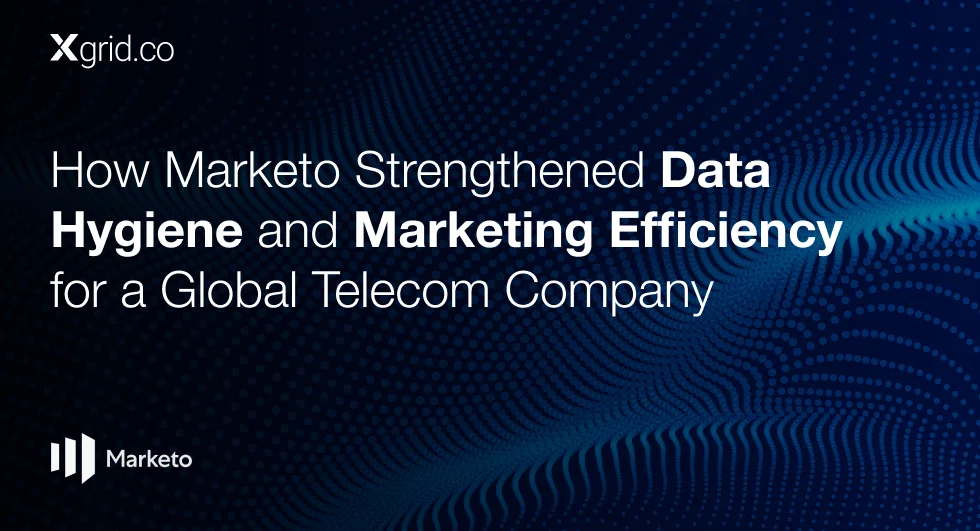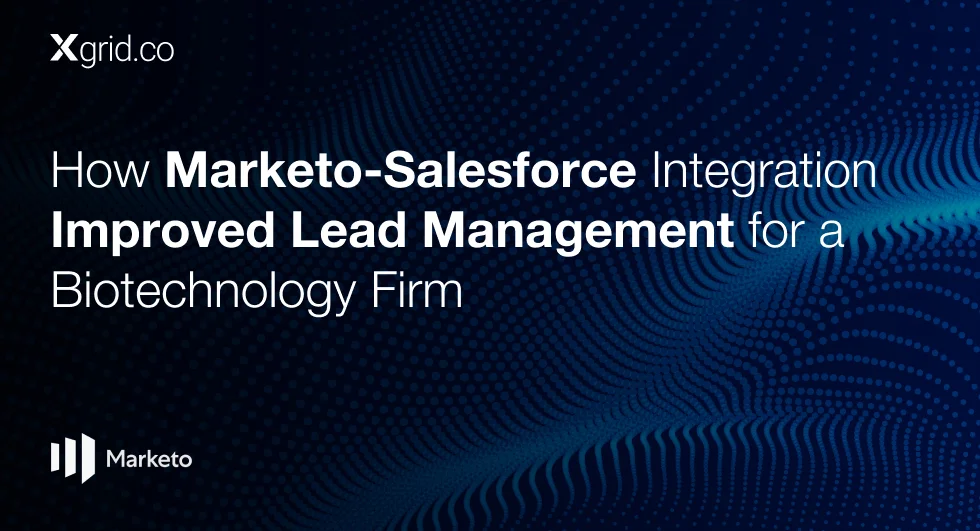Marketo Reporting: Unveiling the Limitations and Exploring Solutions
When it comes to reporting, Marketo offers a vast array of features but they have their limits as well. This article delves into the key limitations of Marketo’s built-in reporting functionalities and explores alternative solutions to bridge these gaps.
The Granularity Gap: When Marketo Doesn’t Tell the Whole Story
Britney Young, Director of Digital Marketing at Prudential Financial, highlights a crucial limitation: Marketo’s inability to always provide the level of detail businesses require.
While Marketo offers a rich set of data points, it might not capture everything needed for a truly comprehensive picture whether that is sales or revenue data.
This lack of granularity creates a blind spot. Marketers are left with a fragmented view of the customer journey, unable to see the full picture of how marketing efforts translate into downstream results. This can make it difficult to accurately assess campaign effectiveness and optimize strategies.
The Need for External Tools: When Marketo Needs a Helping Hand
Britney mentioned having used Power BI, which users often find themselves needing to export data from Marketo and leverage external Business Intelligence (BI) tools for deeper analysis. This approach allows for the inclusion of data points not natively captured by Marketo, providing a more holistic view.
However, this creates an additional workflow step – data needs to be exported, formatted, and uploaded to the BI tool – and can be time-consuming to maintain.
Beyond Marketo: Exploring Solutions for a Unified View
This article doesn’t promote specific alternatives, but offers a glimpse into potential solutions that can empower marketers to overcome Marketo’s reporting limitations:
BI Integration Platforms
Consider platforms specializing in connecting Marketo with your CRM, website analytics, and other data sources. These platforms act as a bridge, allowing seamless data flow and enabling reports that incorporate data from all your marketing touchpoints.
With a unified view of the customer journey, you can gain a deeper understanding of how marketing efforts drive sales and revenue generation. Not only that, this also empowers you to optimize campaign costs with Marketo, maximizing your ROI.
Bridging the Gap for a Clearer Picture
Marketo’s reporting is a valuable tool, but for a truly holistic view of your marketing efforts, you will probably need to consider additional solutions. Integrating BI tools or exploring custom reporting options can bridge the gap between Marketo’s functionalities and your specific reporting needs. Marketo can not get it all done by itself as Britney states.
To fully leverage Marketo’s potential, collaborating with Marketo experts can be incredibly beneficial. These professionals bring deep insights into Marketo’s capabilities and limitations, and can offer guidance on how to best integrate it with other systems. Marketo experts can help customize reporting to align with your business goals, ensuring that you get the most out of your campaigns.
Additionally, setting up proper consent management within Marketo and ensuring that all data transfers and processing activities are compliant with relevant regulations are essential steps. Integrating with specialized compliance and security solutions can further enhance your ability to manage lead data securely and effectively.
Having additional tools helps gain a deeper understanding of customer interactions across all marketing touchpoints, you can maximize campaigns’ relevance with Marketo, improve ROI, and ultimately drive business growth.
Downloads
Article (PDF-276 KB)MOST POPULAR INSIGHTS
- How Marketo Strengthened Data Hygiene and Marketing Efficiency for a Global Telecom Company
- How Marketo-Salesforce Integration Improved Lead Management for a Biotechnology Firm
- How a Tech Company Used Marketo to Refine ABM Strategies for Sales Engagement
- How Marketo Campaigns Were Streamlined with Templates and Tokens
- How Marketo Solidified Marketing Insights with Custom Attribution Models
Related Articles
Related Articles

Established in 2012, Xgrid has a history of delivering a wide range of intelligent and secure cloud infrastructure, user interface and user experience solutions. Our strength lies in our team and its ability to deliver end-to-end solutions using cutting edge technologies.
OFFICE ADDRESS
US Address:
Plug and Play Tech Center, 440 N Wolfe Rd, Sunnyvale, CA 94085
Dubai Address:
Dubai Silicon Oasis, DDP, Building A1, Dubai, United Arab Emirates
Pakistan Address:
Xgrid Solutions (Private) Limited, Bldg 96, GCC-11, Civic Center, Gulberg Greens, Islamabad
Xgrid Solutions (Pvt) Ltd, Daftarkhwan (One), Building #254/1, Sector G, Phase 5, DHA, Lahore




